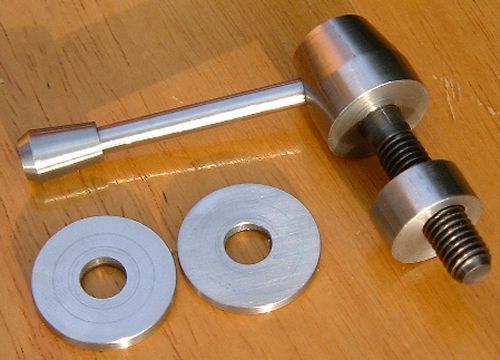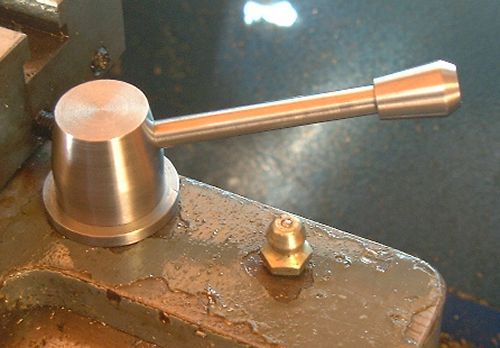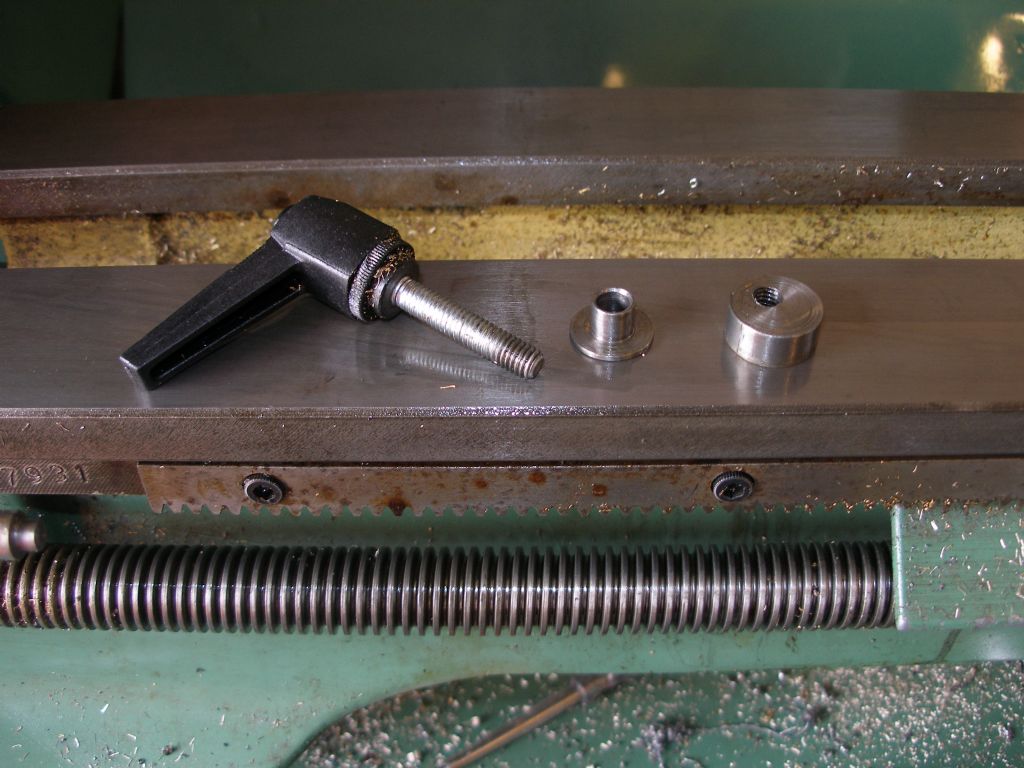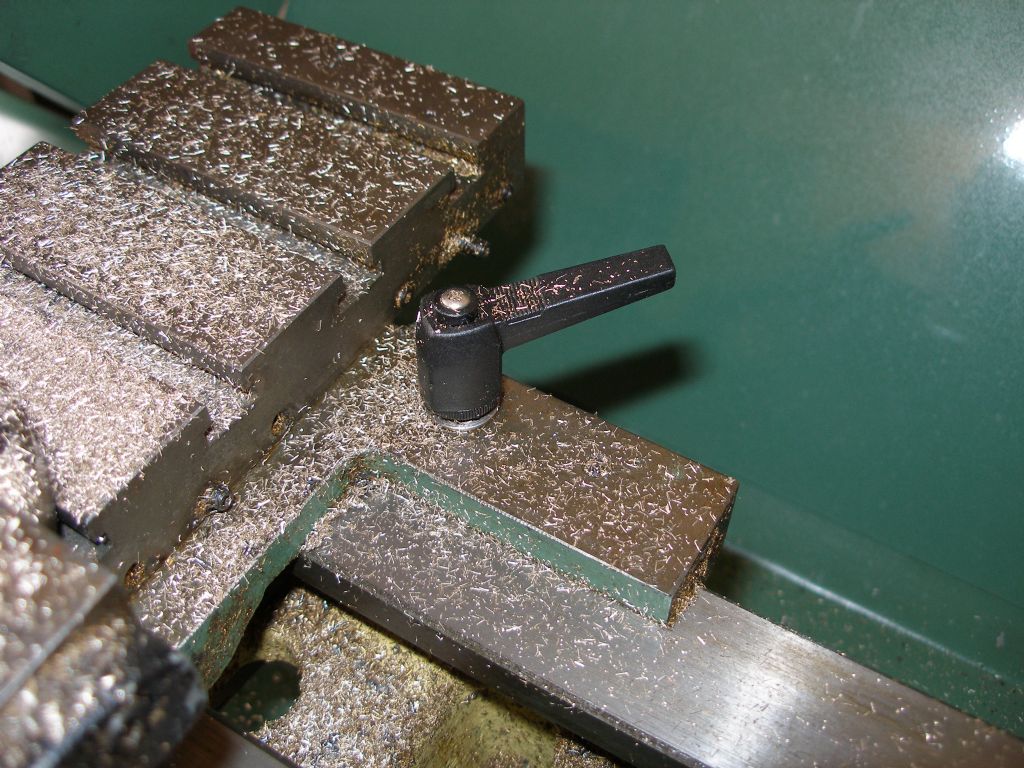Well some interesting and different responses, but clearly the suggestion that I should lock the carriage for each facing cut is not as startling as I first perceived it to be as this view is supported by a good percentage.
I will definitely be looking at making a handle as shown and recommended by NJH – thank you very much for that, for me a picture is so much more useful than a description as I am so very new to this hobby with no previous machining experience or background.
The DRO encoder is being re-located on Monday, so that will resolve some of the issues, the present installation location is very neat and out of the way, but creates so many other problems that I as a know-nothing very quickly discovered in my early experiments with the machine that I am surprised it is the way the dealer recommended… maybe that will change for future installations.
The initial oil on the machine is as it was provided – all set-up and ready to go by the dealer . I have purchased slideway oil (Castrol Magna DB68 slideway oil) that I believe is a lubricant that is formulated for dovetail slides. As this is not a budget machine I expected the setup to be spot-on, but maybe the gibs might need finessing, but this is a skill that completely alien to me at present. I did not attend a formal machining course; it is rather an informal evening class at a well-equipped school in Cambridge.
Andrew – after some initial doubts over the week-end that I had made a very expensive mistake with this purchase, it would seem that all will be well – I just have to learn the ropes, and there are some different twists comapred to the ropes that I have learned so far. The machine appears to be very fine, and I am sure I will learn to love it. There are not many with a 5 year warrenty.
For instance the leadscrew is permanently driven and I would have liked a lever to engage/disengage it as required. However it is but a 1 minute (maybe 2 minutes) process to disconnect the drive belt, but the dealer recommends leaving it driven all the time, any comment on this?
Edited By EtheAv8r on 05/05/2011 13:30:40
 Terry Kirkup.
Terry Kirkup.

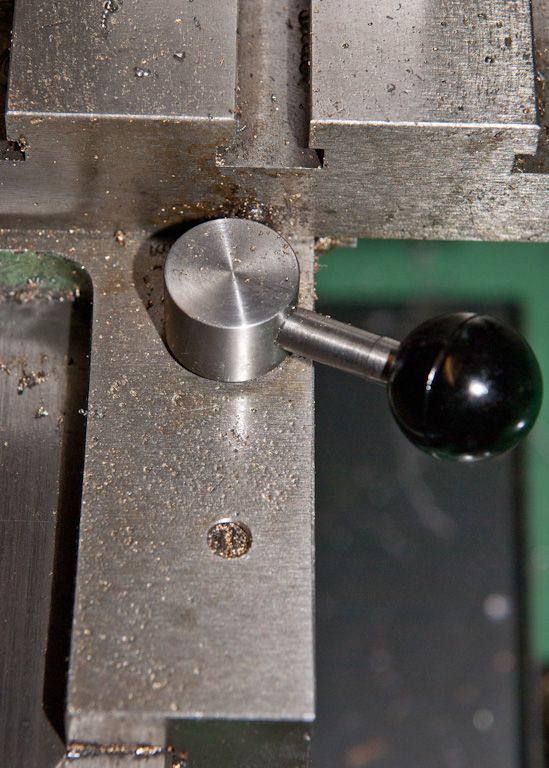
 I know there is an American chap on You Tube who insists that you should never buy any lathe with a right hand operated hand wheel, but I am sure I can see men in white coats waiting to take him back to the asylum.
I know there is an American chap on You Tube who insists that you should never buy any lathe with a right hand operated hand wheel, but I am sure I can see men in white coats waiting to take him back to the asylum.